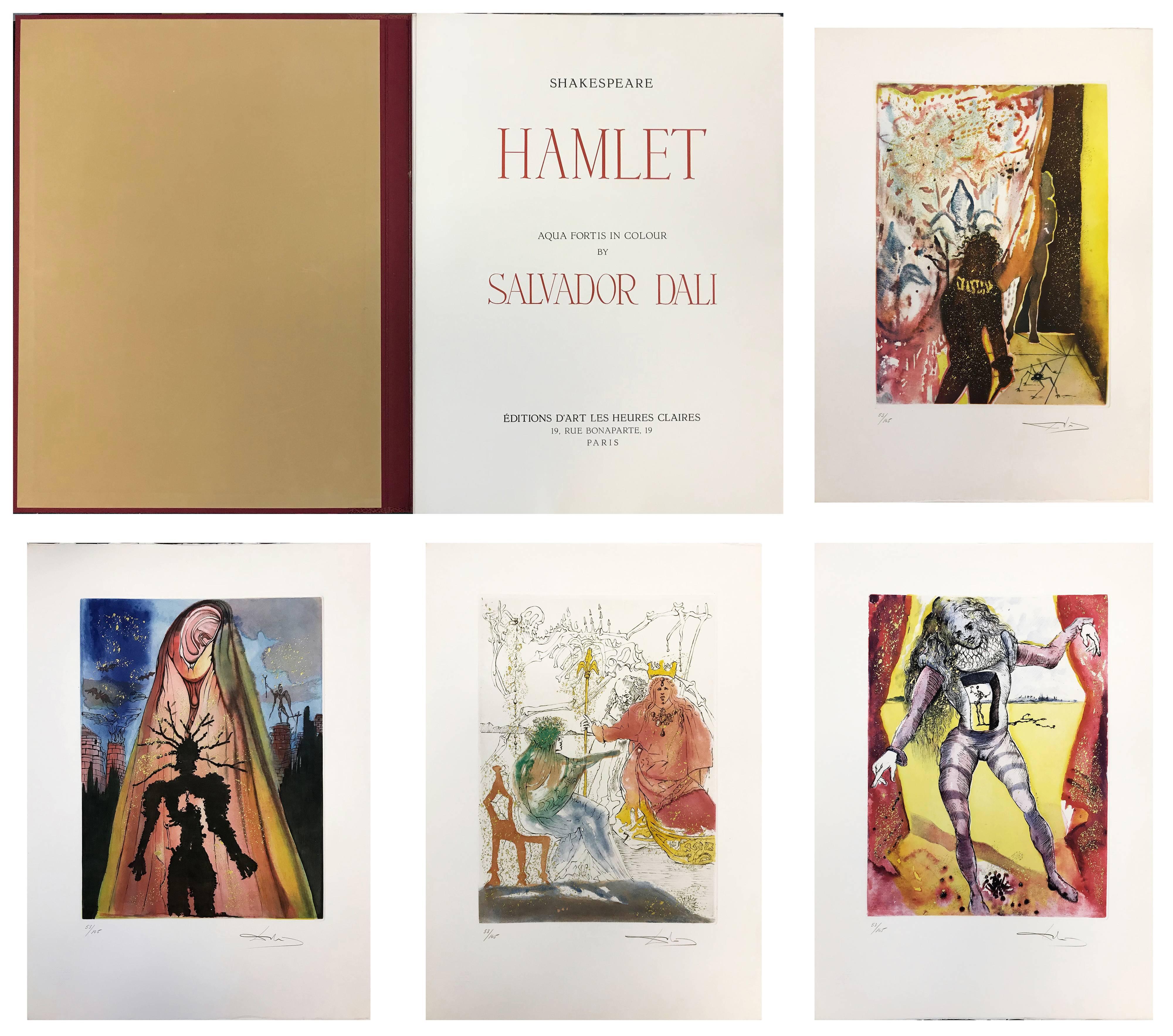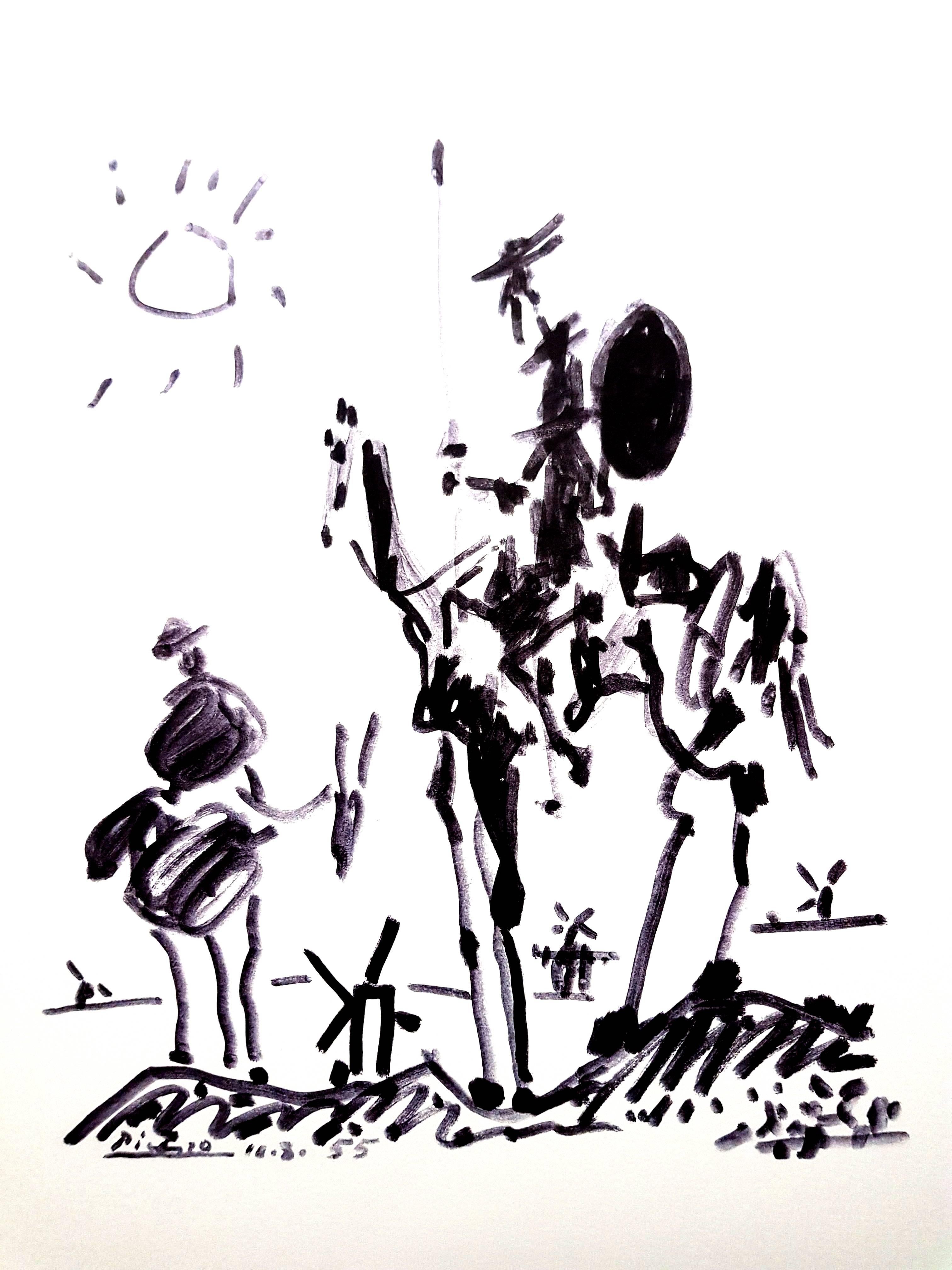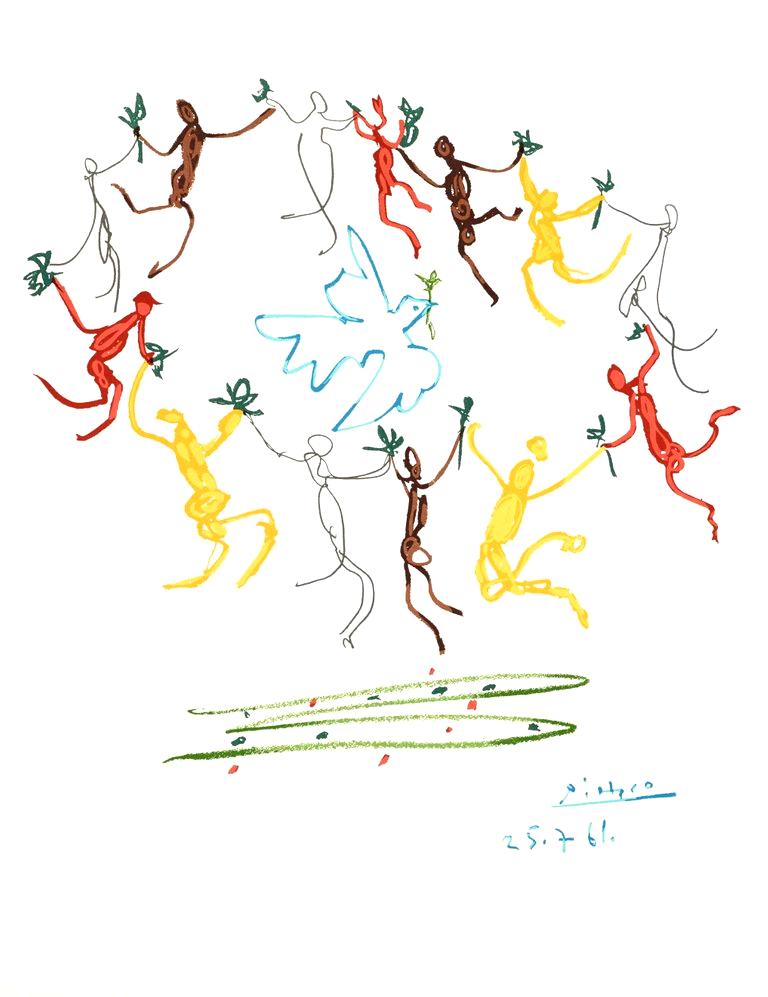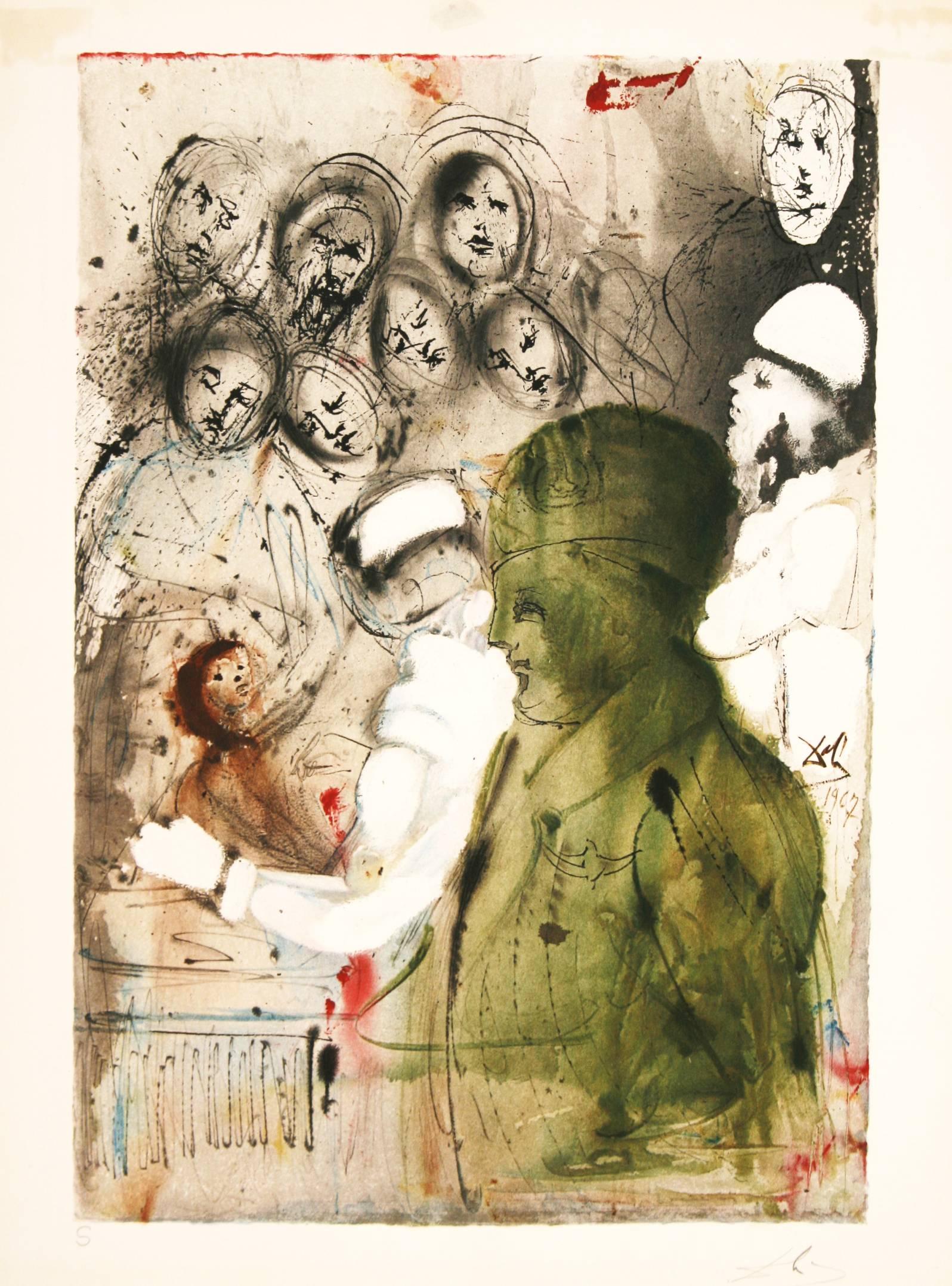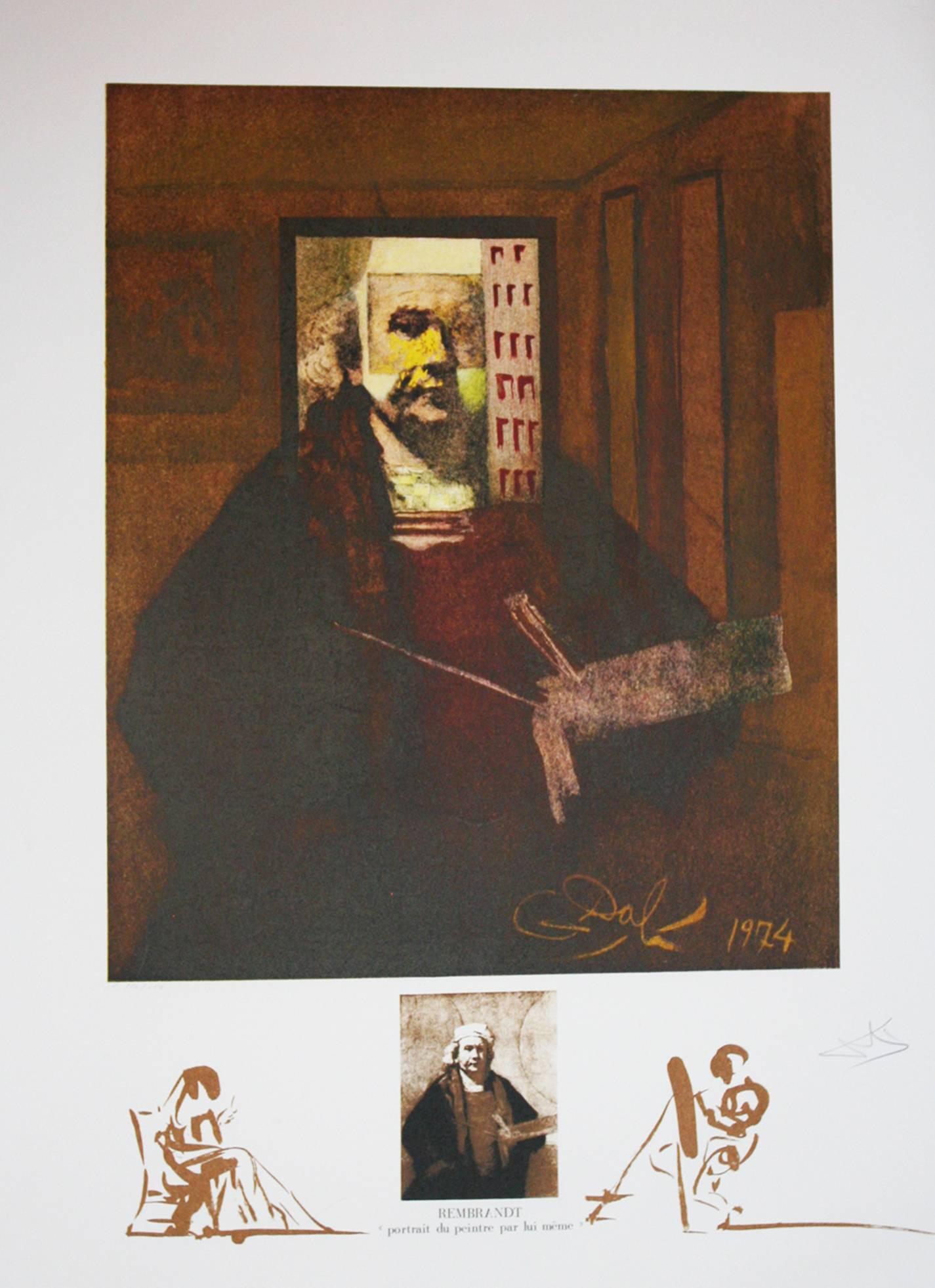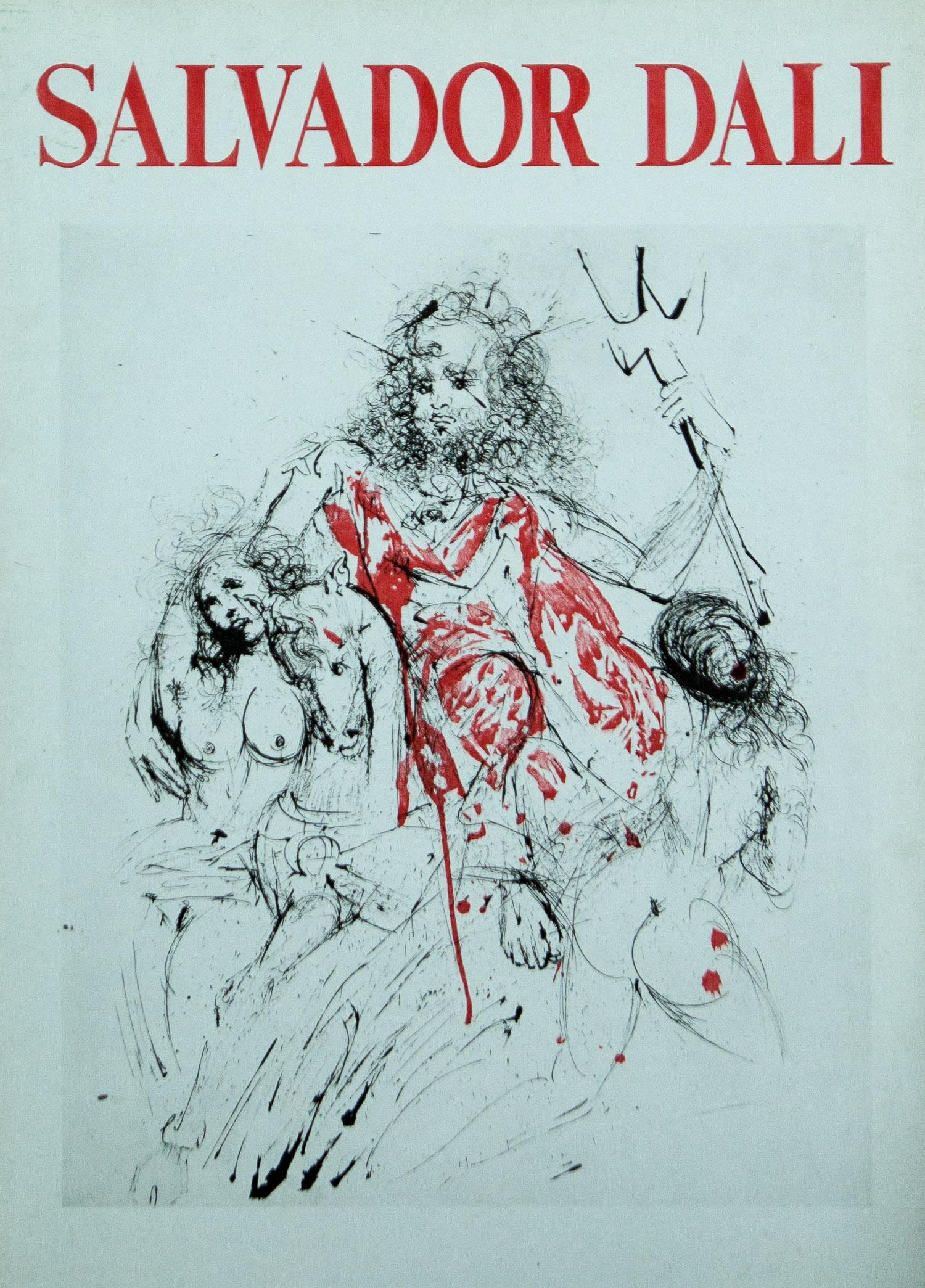Items Similar to Flute Player - Lithograph - After PABLO PICASSO
Want more images or videos?
Request additional images or videos from the seller
Flute Player - Lithograph - After PABLO PICASSO1959
1959
About the Item
After PABLO PICASSO (1881-1973)
Flute Player
Dimensions: 56 x 38 cm
Signed and dated in the plate
Posthumous edition by Edition Succession Picasso, Paris.
Editions de la Paix
Picasso is not just a man and his work. Picasso is always a legend, indeed almost a myth. In the public view he has long since been the personification of genius in modern art. Picasso is an idol, one of those rare creatures who act as crucibles in which the diverse and often chaotic phenomena of culture are focused, who seem to body forth the artistic life of their age in one person. The same thing happens in politics, science, sport. And it happens in art.
Early life
Born in Malaga, Spain, in October of 1881, he was the first child born in the family. His father worked as an artist, and was also a professor at the school of fine arts; he also worked as a curator for the museum in Malaga. Pablo Picasso studied under his father for one year, then went to the Academy of Arts for one year, prior to moving to Paris. In 1901 he went to Paris, which he found as the ideal place to practice new styles, and experiment with a variety of art forms. It was during these initial visits, which he began his work in surrealism and cubism style, which he was the founder of, and created many distinct pieces which were influenced by these art forms.
Updates in style
During his stay in Paris, Pablo Picasso was constantly updating his style; he did work from the blue period, the rose period, African influenced style, to cubism, surrealism, and realism. Not only did he master these styles, he was a pioneer in each of these movements, and influenced the styles to follow throughout the 20th century, from the initial works he created. In addition to the styles he introduced to the art world, he also worked through the many different styles which appeared, while working in Paris. Not only did he continually improve his style, and the works he created, he is well known because of the fact that he had the ability to create in any style which was prominent during the time.
Russian ballet
In 1917, Pablo Picasso joined the Russian Ballet, which toured in Rome; during this time he met Olga Khoklova, who was a ballerina; the couple eventually wed in 1918, upon returning to Paris. The couple eventually separated in 1935; Olga came from nobility, and an upper class lifestyle, while Pablo Picasso led a bohemian lifestyle, which conflicted. Although the couple separated, they remained officially married, until Olga's death, in 1954. In addition to works he created of Olga, many of his later pieces also took a centralized focus on his two other love interests, Marie Theresa Walter and Dora Maar. Pablo Picasso remarried Jacqueline Roque in 1961; the couple remained married until his death 12 years later, in 1973.
Work as a pacifist
Pablo Picasso was a pacifist, and large scale paintings he created, showcased this cry for peace, and change during the time. A 1937 piece he created, after the German bombing of Guernica, was one such influential piece of the time. Not only did this become his most famous piece of art work, but the piece which showed the brutality of war, and death, also made him a prominent political figure of the time. To sell his work, and the message he believed in, art, politics, and eccentricity, were among his main selling points.
Conflicting with social views
Many things Pablo Picasso did during the 1950s, conflicted with the general public. Viciousness towards his children, exaggerated virility towards women, and joining the Communist party, were some of the many scandals which he was involved in during his lifetime. Although most of the things he did were viewed negatively by a minority of the general public, admirers of Pablo Picasso turned a blind eye, and still accepted him as a prominent figure in their society. Following the end of WWII, Pablo Picasso turned back towards his classic style of work, and he created the "Dove of Peace." Even though he became a member of the Communist party, and supported Stalin and his political views and rule, Pablo Picasso could do no wrong. In the eyes of his admirers and supporters, he was still a prominent figure, and one which they would follow, regardless of what wrongs he did. He was not only an influence because of the works he created, but he was also an influential figure in the political realm.
Influence outside of art
Although Pablo Picasso is mainly known for his influence to the art world, he was an extremely prominent figure during his time, and to the 20th century in general. He spread his influences to the art world, but also to many aspects of the cultural realm of life as well. He played several roles in film, where he always portrayed himself; he also followed a bohemian lifestyle, and seemed to take liberties as he chose, even during the later stages of his life. He even died in style, while hosting a dinner party in his home.
Collection of work
Pablo Picasso is recognized as the world's most prolific painter. His career spanned over a 78 year period, in which he created: 13,500 paintings, 100,000 prints and engravings, and 34,000 illustrations which were used in books. He also produced 300 sculptures and ceramic pieces during this expansive career. It is also estimated that over 350 pieces which he created during his career, have been stolen; this is a figure that is far higher than any other artist throughout history.
Sale of his works
Pablo Picasso has also sold more pieces, and his works have brought in higher profit margins, than any other artist of his time. His pieces rank among the most expensive art works to be created; with a price tag of $104 million, Garson a la Pipe, was sold in 2004.
Although he had a conflicting lifestyle, Pablo Picasso was admired by many, and was one of the most influential figures of his time. Not only during his life, but also after his death, he is still one of the most well known artists, and political figures, of his time. With thousands of pieces to his name, and art works which have been seen by millions, around the world, he has been a great influence to society, he has influenced the art world, and he introduced many new styles of art, which helped shape modern art, and modern styles artists follow today.
- Creation Year:1959
- Dimensions:Height: 22.05 in (56 cm)Width: 14.97 in (38 cm)Depth: 0.04 in (1 mm)
- Medium:
- Movement & Style:
- After:Pablo Picasso (1881-1973, Spanish)
- Period:
- Condition:
- Gallery Location:Collonge Bellerive, Geneve, CH
- Reference Number:1stDibs: LU161214217762
About the Seller
4.9
Gold Seller
These expertly vetted sellers are highly rated and consistently exceed customer expectations.
Established in 2015
1stDibs seller since 2015
909 sales on 1stDibs
Typical response time: 2 hours
- ShippingRetrieving quote...Ships From: Collonge Bellerive, Geneve, Switzerland
- Return PolicyA return for this item may be initiated within 7 days of delivery.
More From This SellerView All
- After Pablo Picasso - Don Quixote - LithographBy (after) Pablo PicassoLocated in Collonge Bellerive, Geneve, CHAfter PABLO PICASSO (1881-1973) Don Quixote 1955 Dimensions: 65 x 50 cm Printed signature and date Edition Succession Picasso, Paris (posthumous reproductive edition) Editions de la ...Category
1950s Surrealist Figurative Prints
MaterialsLithograph
- After Pablo Picasso - The Round of Friendship - LithographBy (after) Pablo PicassoLocated in Collonge Bellerive, Geneve, CHAfter PABLO PICASSO (1881-1973) FROM THE ROUND OF FRIENDSHIP 25.7.1961 Dimensions: 63.5 x 49.8 cm Signed and dated in the plate Color lithograph on Velin D'Arches realized from a dra...Category
1960s Surrealist Figurative Prints
MaterialsLithograph
- Salvador Dali - Biblia Sacra - Offset LithographBy Salvador DalíLocated in Collonge Bellerive, Geneve, CHSalvador Dali - The Biblia Sacra was published in 1969 by Rizzoli of Rome - SIGNATURE : printed in the image - LIMITED : 1499 - SIZE : 19 x 13 3/4" - REFERENCES : Michler and Lopsi...Category
1960s Surrealist Figurative Prints
MaterialsLithograph
- Salvador Dali - from Biblia Sacra - Offset LithographBy Salvador DalíLocated in Collonge Bellerive, Geneve, CHSalvador Dali - The Biblia Sacra was published in 1969 by Rizzoli of Rome - SIGNATURE: printed in the image - LIMITED EDITION: 1499 - SIZE : 19 x 13 3/4" - REFERENCES: Michler and ...Category
1960s Surrealist Figurative Prints
MaterialsLithograph
- Salvador Dali - Biblia Sacra - Offset LithographBy Salvador DalíLocated in Collonge Bellerive, Geneve, CHSalvador Dali - The Biblia Sacra was published in 1969 by Rizzoli of Rome - SIGNATURE : printed in the image - LIMITED : 1499 - SIZE : 19 x 13 3/4" - REFERENCES : Michler and Lopsi...Category
1960s Surrealist Figurative Prints
MaterialsLithograph
- Salvador Dali - from Biblia Sacra - Offset LithographBy Salvador DalíLocated in Collonge Bellerive, Geneve, CHSalvador Dali - The Biblia Sacra was published in 1969 by Rizzoli of Rome - SIGNATURE : printed in the image - LIMITED : 1499 - SIZE : 19 x 13 3/4" - REFERENCES : Michler and Lopsi...Category
1960s Surrealist Figurative Prints
MaterialsLithograph
You May Also Like
- HAMLET SUITEBy Salvador DalíLocated in Aventura, FLThis rare 10 piece series from 1973 is Dali's interpretation of Shakespeare's drama Hamlet. Dali paid homage to Shakespeare in several other works but this suite is considered to be ...Category
1970s Surrealist Figurative Prints
MaterialsLithograph, Engraving, Aquatint, Paper
- Aliyah, Convenant: Eternal Circumcision lithograph by Salvador DaliBy Salvador DalíLocated in Paonia, COSalvador Dali's Aliyah, Convenant: Eternal Circumcision is from the Aliyah, Rebirth of Israel Suite which was created by Salvador Dali for the 20th anniversary of the proclamation...Category
1960s Surrealist Figurative Prints
MaterialsLithograph
- Rembrandt Portrait Du Peintre Par Lui-Meme original lithograph 1974By Salvador DalíLocated in Paonia, CORembrandt Portrait Du Peintre Par Lui-Meme is from the Changes in Great Masterpieces suite. In this series of six original lithographs in full color, Master Dali has given us a conce...Category
1970s Surrealist Figurative Prints
MaterialsLithograph
- Salvador Dali Poseidon ( Neptune ) rare original lithograph poster 1980By (after) Salvador DaliLocated in Paonia, COPoseidon ( Neptune ) is a rare Salvador Dali original lithographic poster published by Arte, Paris 1980 for the exhibition of his suite ” The Mythology ” . This series has 16 i...Category
1980s Surrealist Figurative Prints
MaterialsLithograph
- UNCAGED MAN Hand Drawn Lithograph, Stone Man, Consciousness, MeditationBy De Es SchwertbergerLocated in Union City, NJUNCAGED MAN is a hand drawn original lithograph(not a photo reproduction or digital print) printed using hand lithography techniques on archival Arches printmaking paper 100% acid free. UNCAGED MAN is a highly detailed depiction of a stone man squatting by an empty oblong stone cage-like structure. He appears to be contemplating the moment - creating for the viewer a sense of mystery and metaphysical thought. Print size - 21.5 x 29.5 in., unframed, excellent condition, rare unsigned trial proof aside from the printed edition of 100, printers legend stamped on verso, fine impression, completely hand drawn lithograph by DE ES Schwertberger Year printed - 1979, printed by master printer Joseph Kleineman at JK Fine Art Editions Co., NYC DE ES (DE ES Schwertberger) - Popular Viennese Fantastic Realist artist was born in 1942 in Gresten, Lower Austria, as Dieter Schwertberger. He studied the painting technique of the Old Masters in Vienna under Ernst Fuchs and has been an independent artist since 1962. DE ES lived three years in Switzerland and twelve years in New York City. The painter has been known under the name DE ES since 1972. He currently lives in Vienna. The artist considers himself to be a seeker, who shows what he has found through “the language of the images”. His message of “meaning and transformation” finds clear and intense expression in his paintings through a precise use of space, light and texture. De Es' was the featured artist for Omni magazine...Category
1970s Surrealist Portrait Prints
MaterialsLithograph
- WEDGE Hand Drawn Lithograph, Stone Heads Two Men Under Pressure, Sci-Fi PortraitBy De Es SchwertbergerLocated in Union City, NJWEDGE is a hand drawn original lithograph(not a photo reproduction or digital print) printed in sepia brown ink using hand lithography techniques on archival Arches printmaking paper 100% acid free. WEDGE is a highly detailed, sci-fi style portrait drawing of two stone men bearing a large stone wedge pushing down between their shoulders. Both appear to be heavily impacted by the weight pressing upon them, creating for the viewer a sense of mystery and meditative thought. Print size - 21 x 29 in., unframed, excellent condition, very unique and rare unsigned trial proof, printers legend stamped on verso, fine impression, completely hand drawn lithograph by DE ES Schwertberger Year printed - 1979, printed by master printer Joseph Kleineman at JK Fine Art Editions Co., NYC DE ES (DE ES Schwertberger) - Popular Viennese Fantastic Realist artist was born in 1942 in Gresten, Lower Austria, as Dieter Schwertberger. He studied the painting technique of the Old Masters in Vienna under Ernst Fuchs and has been an independent artist since 1962. DE ES lived three years in Switzerland and twelve years in New York City. The painter has been known under the name DE ES since 1972. He currently lives in Vienna. The artist considers himself to be a seeker, who shows what he has found through “the language of the images”. His message of “meaning and transformation” finds clear and intense expression in his paintings through a precise use of space, light and texture. De Es' was the featured artist for Omni magazine...Category
1970s Surrealist Portrait Prints
MaterialsLithograph
